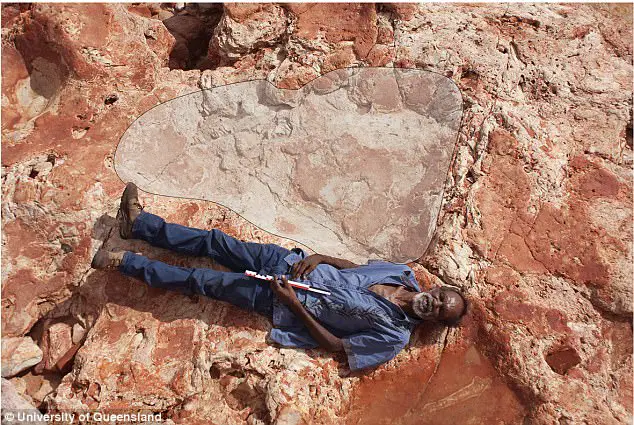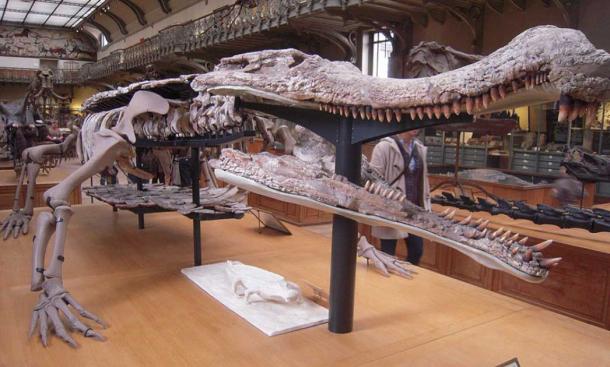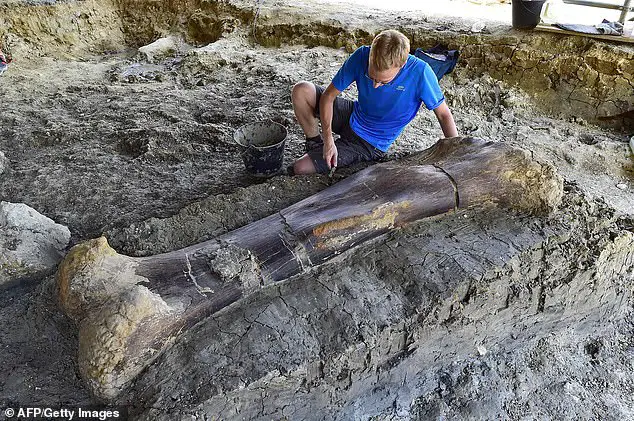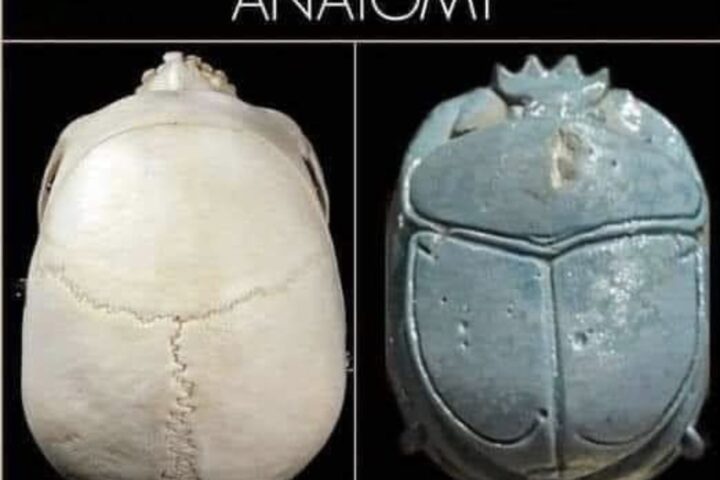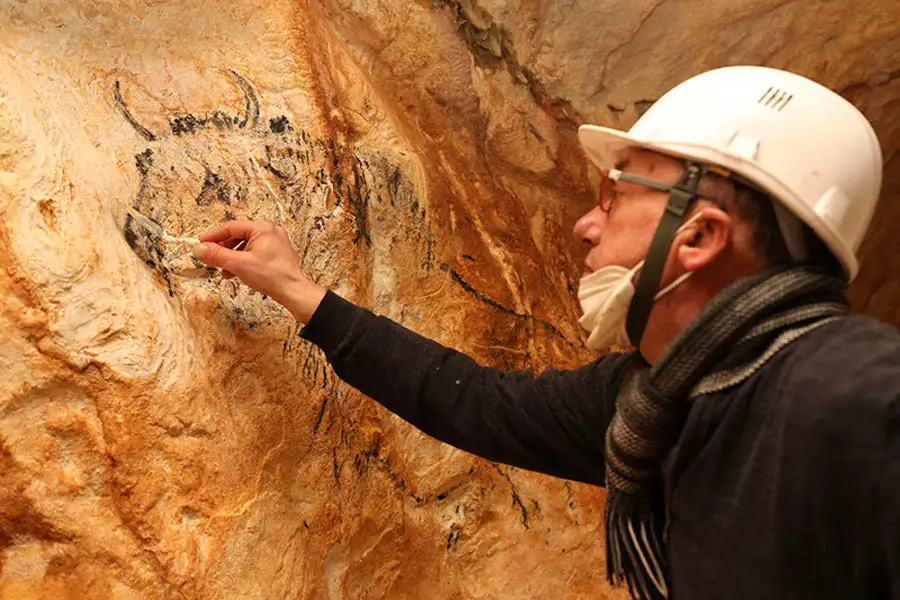Introduction: In a remarkable discovery at the Grottaferrata necropolis near Rome, archaeologists unearthed a unique Roman ring from the 1st century AD. This artifact, found in the grave of the noblewoman Aebutia Quarta, is believed to represent her son, Titus Carvilius Gemello, who tragically died at the age of 18.
The Discovery: The ring, dubbed a “Roman Hologram” for its intricate design and the way it reflects light, is a testament to the advanced craftsmanship of the era. It offers a poignant glimpse into personal loss and remembrance in ancient Roman society.
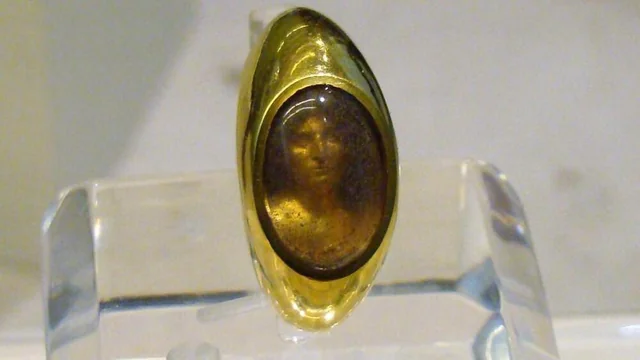
Aebutia Quarta and Her Son: The noblewoman Aebutia Quarta, likely a figure of some standing in Roman society, chose to immortalize her young son through this exquisite piece of jewelry, underscoring the profound impact of his early death.
The Ring’s Significance: Beyond its emotional value, the ring is a significant find for understanding Roman art and culture. Its design reflects both the artistic sensibilities and the technological capabilities of Roman jewelers in the 1st century AD.
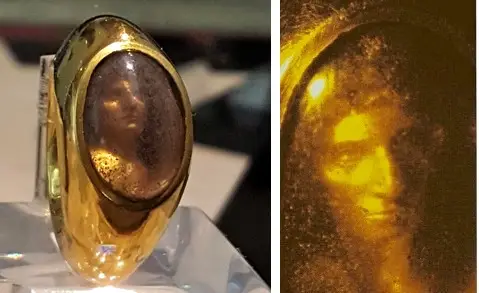
Conclusion: This Roman “Hologram” ring is not just an archaeological artifact; it is a bridge to the past, reminding us of the enduring human experiences of love, loss, and memory across millennia.




